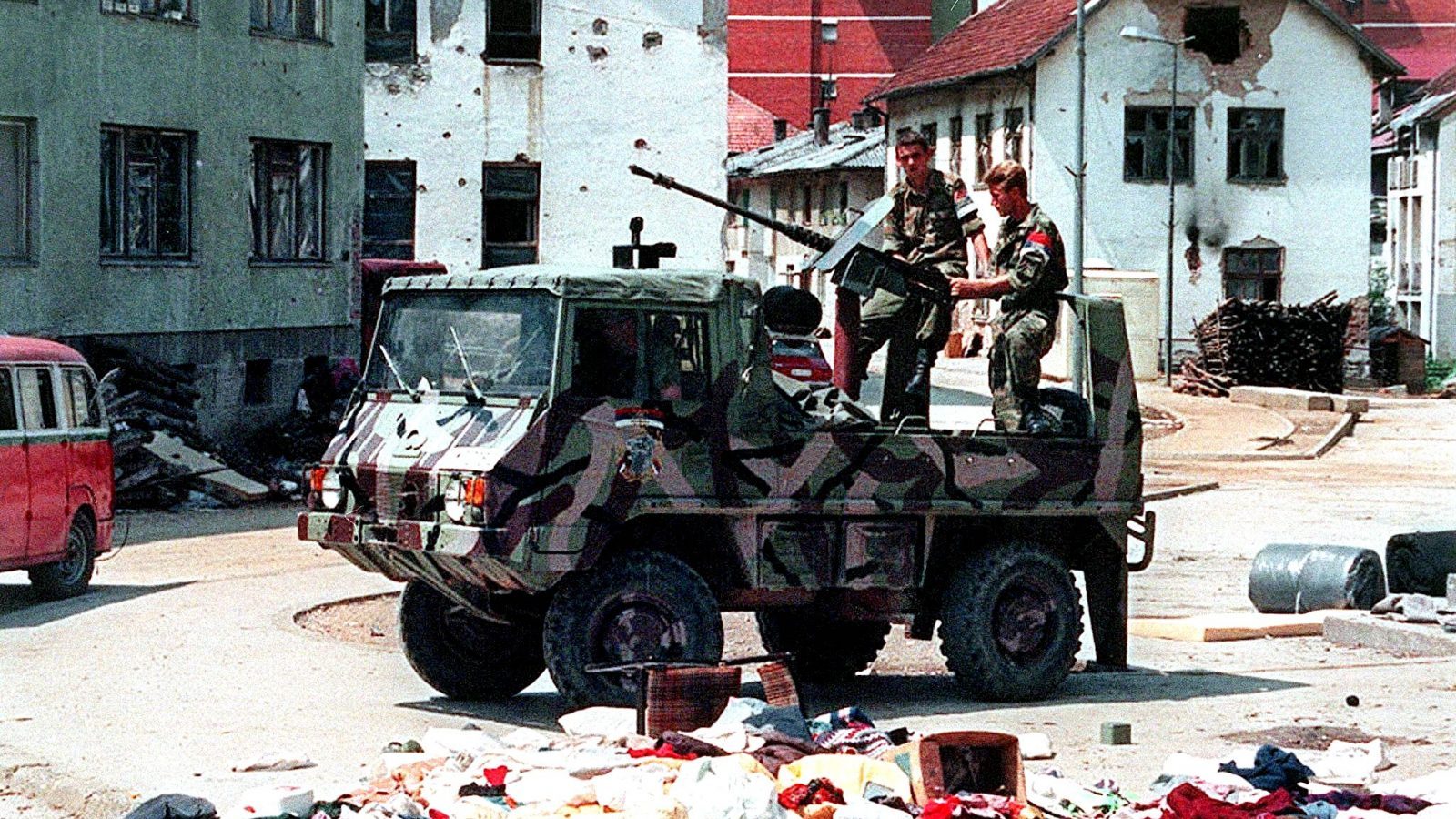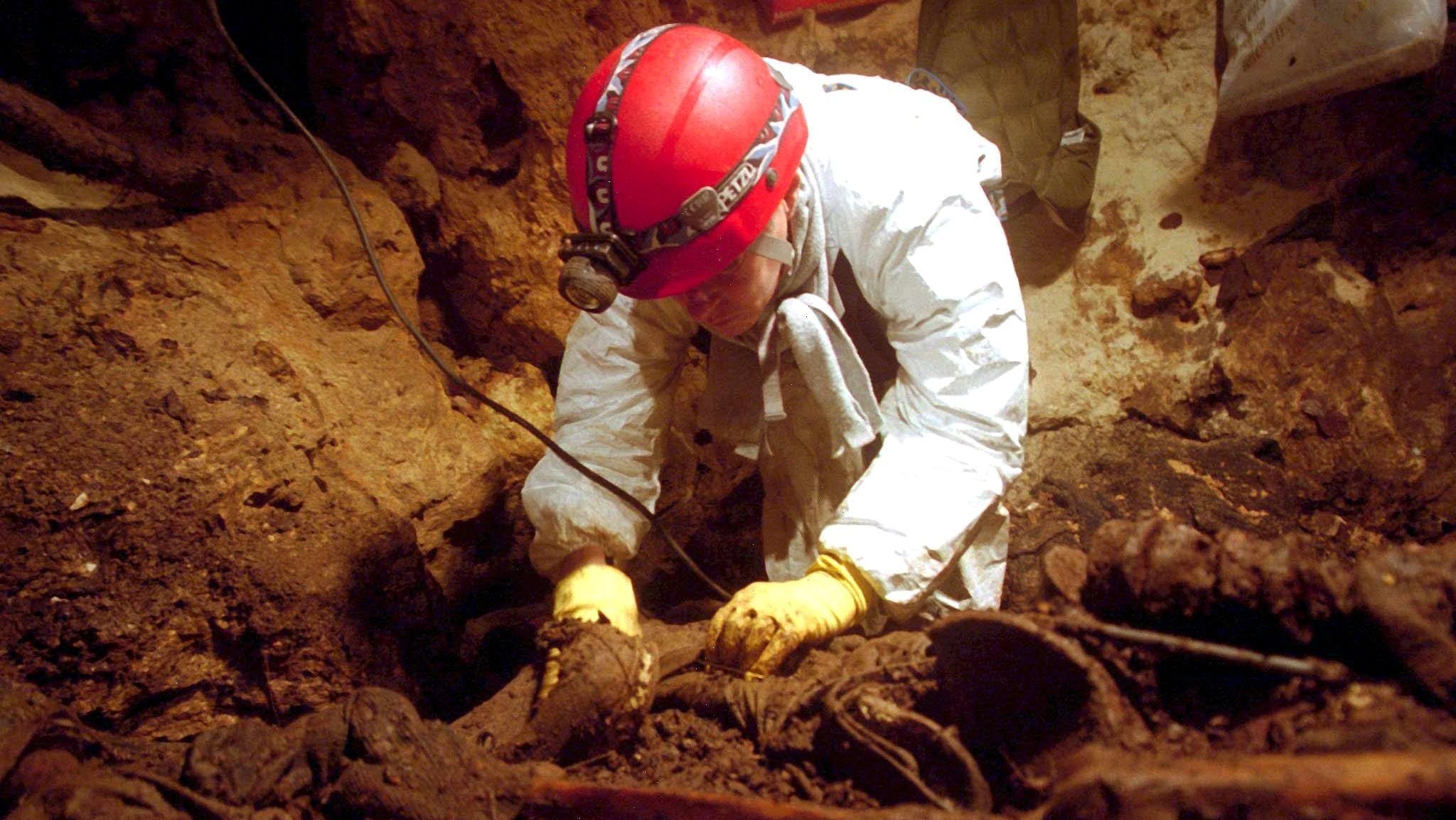This post is also available in: Bosnian
It is still unclear who seized his brother. “I never saw him again. I heard that paramilitary troops took him to Albania. I don’t believe he is alive anymore,” he said.
Slobodan Petrovic is one of 51 people from Montenegro who are still listed as missing from the wars in the former Yugoslavia.
According to the International Commission on Missing Persons, 39 of them went missing due to the conflict in Kosovo, nine in Bosnia and Herzegovina and three in Croatia.
They make up a small proportion of the 11,000 individuals who remain missing from the 1990s wars, but their relatives are upset that the Montenegrin authorities have not done more to establish their whereabouts.
Milica Bozovic has been waiting for news of her husband Panto for more than two decades after he also disappeared in Kosovo.
She recalled how, on July 19, 1999, more than a month after the war ended, Kosovo Liberation Army, KLA fighters took the 60-year-old Panto Bozovic from his friend’s house in Orahovac/Rahovec for questioning.
“Six soldiers in KLA uniforms called him outside and took him away. It was dark so I couldn’t see their faces. I asked KFOR and the Albanian authorities why they took my husband, as he didn’t do anything wrong during the war. They were silent,” Milica Bozovic told BIRN.
She no longer lives in Kosovo. “When my house was burned down, I fled to Montenegro. I never saw my husband again,” she said.
‘This is not a priority for decision-makers’
Zoran Petrovic at a former refugee centre in Sutomore, Montenegro. Photo:BIRN/Milos Vujovic.
Because the 51 missing Montenegrins disappeared in other countries, poor cooperation between former Yugoslav states has been a major obstruction to finding out where they are buried.
Montenegro’s wartime role
As part of Yugoslavia, Montenegro took part directly in the mid-1990s wars in Croatia and Bosnia and Herzegovina under the leadership of Slobodan Milosevic, although it saw no armed conflict on its own soil.
In 1999, Montenegro wasn’t involved in the Kosovo war, but some of its citizens fought there with Yugoslav Army forces.
Since Montenegro became independent in 2006, it has held just eight trials for war crimes committed in Croatia, Bosnia and Herzegovina and Kosovo. But only the lowest-level suspects have been tried, including guards, cooks, drivers and military volunteers.
Tamara Milas from the Centre for Civic Education, a Podgorica-based watchdog organisation, said that the Montenegrin authorities have also not shown enough commitment.
“Insufficient work is being done to establish the facts about the victims and identify all the graves and places of suffering in each of the countries where the war took place. It is clear that this is not a priority for decision-makers,” Milas told BIRN.
In 2014, Montenegro set up the Missing Persons Group, a government body that keeps missing persons’ families updated about developments and gathers facts that could help locate war victims’ burial sites. It also gives the families assistance in organising funerals and supports missing persons’ associations.
The same year, Montenegro signed a regional declaration with Bosnia and Herzegovina, Kosovo and Croatia that was intended to boost cooperation between the states and make the search for the bodies of the wartime dead easier. The declaration committed the authorities in each country to make new efforts to find, exhume and identify the missing.
Since then, ten missing individuals from Montenegro have been found, including five members of the Sutakovic family from Kosovo and a man called Branko Sukovic from Bosnia and Herzegovina.
But Ljubisa Filipovic, the head of the Crveni Bozur Association of Families of Missing, Kidnapped and Murdered People, argued that cross-border cooperation has been inadequate.
“We are satisfied with the mutual cooperation with the state Missing Persons Group, but there is a lack of regional initiatives. For example, in Kosovo we are still waiting for DNA analysis of exhumed remains,” said Filipovic.
“After two decades we lost have hope that we will find our loved ones alive. We just want to find and bury their remains,” he added.
The European Commission’s annual progress report on Montenegro for 2020 said the country has made good progress has since establishing the Missing Persons Group.
The report said that the government body had enhanced cooperation and increased effectiveness in accounting for missing persons, with more exchanges of information on potential gravesites and excavations, the launch of a public regional database, and updates for representatives of missing persons’ families.
The Missing Persons Group’s secretary, Darka Dzabasan, said that cooperation with missing persons commissions in other former Yugoslav countries is good, but cautioned that other state institutions need to cooperate across borders too in order for more of the disappeared to be found.
“For further progress it is necessary to intensify and coordinate the activities of all relevant bodies and institutions that would result in resolving a larger number of cases,” Dzabasan told BIRN.
‘I only wish to bury my husband’s remains’
Ljubisa Filipovic of the Crveni Bozur Association of Families of Missing, Kidnapped and Murdered People in his office in Sutomore. Photo:BIRN/Milos Vujovic.
Progress on the missing persons issue across the former Yugoslavia has been patchy.
Senior officials from Serbia and Kosovo declared in July that they are ready to help each other to find the remains of people who went missing in the 1998-99 war, but it is not yet clear whether these promises were just political rhetoric without practical substance.
Serbia and Kosovo also signed separate agreements with the United States last month that committed them, amongst other things, “to expedite efforts to locate and identify the remains of missing persons”.
But the issue was not raised at subsequent expert-level talks in Brussels, and Serbian Foreign Minister Ivica Dacic then infuriated Kosovo Albanians by criticising Serbs who have helped investigators find the locations of concealed 1990s war graves. Missing persons organisations in Kosovo believe that more hidden graves of people killed by Belgrade’s forces are yet be revealed.
Bosnia and Herzegovina led the former Yugoslav region by adopting a Law on Missing Persons in 2004, and Croatia did the same in 2015. But so far Montenegro has not followed suit.
“Montenegro still doesn’t have a law on missing persons, following the example of other countries that are actively working to solve this problem. Such a binding set of regulations can be a good model to guided by in clarifying the fate of missing people,” said Milas.
Dzabasan agreed: “Montenegro does not have an adequate legal framework that would appropriately improve the process of searching for missing persons. However, the absence of a law on missing persons does not diminish the obligation of the government to resolutely engage in the search for missing persons,” she said.
Montenegro has ratified the UN’s International Convention for the Protection of All Persons from Enforced Disappearance in 2011, although forced disappearance has not yet been classified as a separate criminal offense under Montenegrin law.
Meanwhile some relatives of missing Montenegrins, like 80-year-old Milica Bozovic, feel that time is starting to run out.
“For two decades I was waiting to hear that my husband is alive,” she said.
“Now I only wish to find and bury his remains before I die.”





